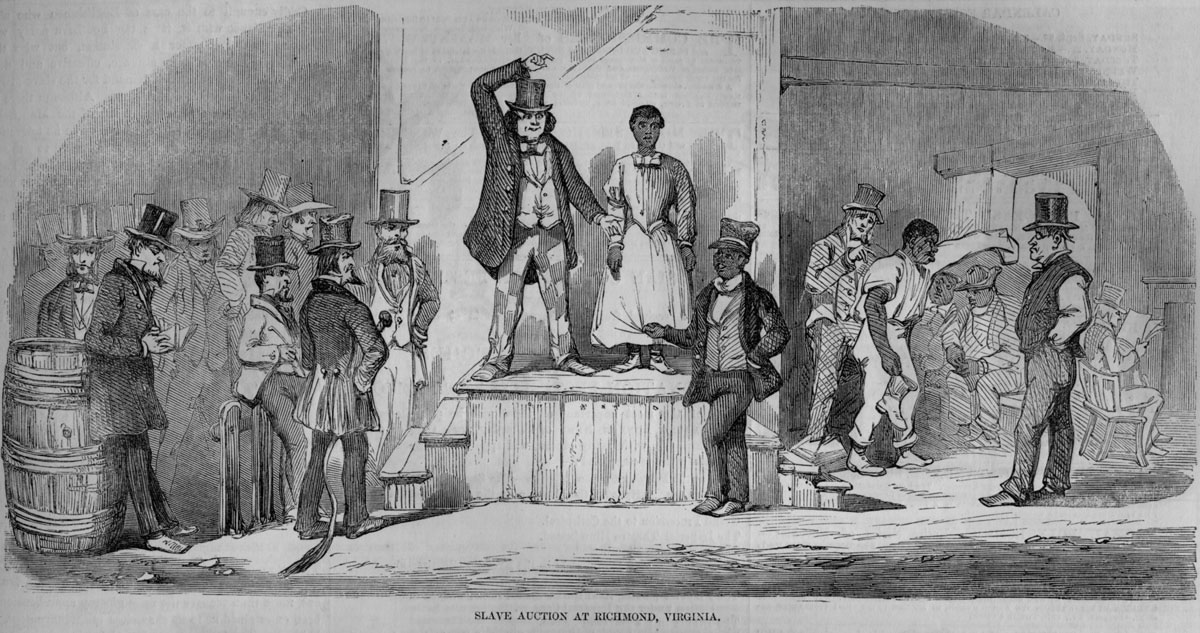It reminded me a lot of The Invention of Wings.
And given the subject matter, that's unsurprising. Yellow Crocus by Laila Ibrahim is the story of Mattie, a field slave who becomes wet nurse to Elizabeth, the first child of a large plantation owner in Virginia, and Lizabeth, as she comes to be called. The story is primarily told from two perspectives, though a bit of the story is told from Lizabeth's mother's perspective as well, and in this way the third person voice suits the story.So, unlike Sue Monk Kidd's The Invention of Wings, which is told in first person in alternating chapters, this story can easily shift between the thoughts of the two protagonists mid-chapter (though it does so only when truly needed to maintain continuity). Also unlike the novel, this is entirely a work of historical fiction (whereas Kidd's story is somewhat based on a real abolitionist). However, like Kidd's novel (which I loved!!), the women in this story have a powerful bond that is tested by the institutions that keep them all "in their places."
From the beginning, you feel Mattie's heartache as she is forced to leave her three-month-old son with her "sister" (as we learn, when children are sold they are often adopted by another slave family...if they are lucky) and move into what is basically a generous closet next to the new baby's nursery. You get to feel how Ann (Lizabeth's mother) feels when she is not allowed to bond with her baby out of "propriety" and watches her daughter grow close to Mattie. And later, you see how Lizabeth struggles to understand how the dearest person in the world to her is considered less of a person.
I think I decided to buy this Kindle book when I read the interview with the author on Amazon, who worked in preschool and was educated in developmental psychology and attachment theory:
The idea for the story came to me in 1998 while I was with a group of people talking about Tiger Woods. Someone mentioned that he identifies as much as an Asian person as an African-American person. I thought to myself, "Of course he does, his mother is Asian. You form your core identity in relationship to your primary caregivers. It's a basic part of the attachment process."While I still liked The Invention of Wings better (perhaps because I read it first, perhaps because I loved Kidd's The Secret Life of Bees), I think this was also a good book. If nothing else, I think telling so much of the story from Lizabeth's privileged perspective helps people today see how the Scarlett O'Hara fairy tale version of slavery is so wrong. And before anyone tries to say a book about slavery in 2016 is irrelevant, let's all pause for a moment to remember how this past February polls showed that many Trump supporters thought that slaves should not have been freed. Following Lizabeth and Mattie through their journeys really helps show how delusional it is to think that slavery is ever good for people, but also how hard it was for white people to disavow a system that brought so many perks to their lives.
The symbol of the yellow crocus made sense, and if a bit obvious, it was nice that it was a symbol of hope for both women, especially when both were faced with such ugliness. It was revealing to read about runaway slaves in Virginia, especially as Ohio was so relatively close. The details about slavery weren't sugar-coated, but they weren't so terribly brutal that the story was too disturbing for many readers. For example, when Mattie is in the whipping shed, the details about the slaves creating art on the walls with their own blood is graphic enough to leave an impression (seriously, the walls are covered in blood!), but not gory. The immense suffering is understood, but it is not at the forefront: rather, the HUMANS who made the art, who wanted to leave a record that they were there, is still the focus.
And that was perhaps the most refreshing part of this story. The characters feel real, with real struggles, and not like abolitionist caricatures. There are some vivid details (rape, childbirth, etc.) which may not be appropriate for some high school students, but they are never gratuitous and add to the authenticity of the story.
So, if historical fiction is a genre you like, if you want to learn more about American slavery from a variety of perspectives, or even if you want to learn more about childbirth and rearing before modern medicine (Mattie is a wet nurse/midwife, after all), then this would be a great book for you. It is very well written, accessible, and has, as my students love, a happy ending!
Happy reading!

No comments:
Post a Comment